Choosing hedge plants that can thrive in both wet and dry summer weather can be a bit challenging, as these conditions often require different types of plants. However, there are some versatile hedge plants that can tolerate a wide range of moisture levels. Here are a few options for hedge plants that can adapt to both wet and dry summer conditions:
- Beech (Fagus sylvatica): Beech hedges are known for their adaptability to varying moisture levels. They can tolerate both wet and dry conditions and are valued for their dense foliage and beautiful coppery leaves in spring.
- Boxwood (Buxus spp.): Boxwood hedges are versatile and can tolerate both moist and dry soils. They are evergreen and provide a classic, formal appearance.
- Privet (Ligustrum spp.): Privet hedges are adaptable and can handle a range of moisture conditions. They are fast-growing and provide a dense, green screen.
- Yew (Taxus spp.): Yew hedges are well-suited to both wet and dry conditions once established. They are slow-growing but long-lived and add a classic, timeless look to a garden.
- Holly (Ilex spp.): Certain holly species, such as English holly (Ilex aquifolium), are versatile and can tolerate varying moisture levels. They provide evergreen foliage and produce colorful berries in the winter.
- Rose of Sharon (Hibiscus syriacus): While not a traditional choice for a hedge, Rose of Sharon is a hardy shrub that can adapt to a range of conditions, including wet and dry summers. It provides beautiful flowers in late summer.
- Lavender (Lavandula spp.): Lavender is drought-tolerant and can handle dry conditions well. It’s often used for low, informal hedges and provides fragrant foliage and flowers.
- Barberry (Berberis spp.): Barberry shrubs can adapt to varying moisture levels and provide colorful foliage. They are ideal for informal hedges.
- Cotoneaster (Cotoneaster spp.): Cotoneaster hedges are adaptable and can tolerate both wet and dry conditions. They produce berries in the fall, attracting birds.
- Dogwood (Cornus spp.): Certain dogwood varieties, like the Red Twig Dogwood (Cornus sericea), can work well for informal hedges and are adaptable to different moisture levels.
When planting a hedge that needs to adapt to wet and dry summer weather, it’s essential to provide proper soil preparation and drainage. Amending the soil with organic matter, ensuring proper watering (not too much for species that prefer drier conditions), and applying mulch can help maintain healthy hedge plants. Additionally, regular pruning and maintenance will help keep the hedge thriving in changing conditions. Consider your local climate and specific site conditions when selecting the most suitable hedge plants for your area.
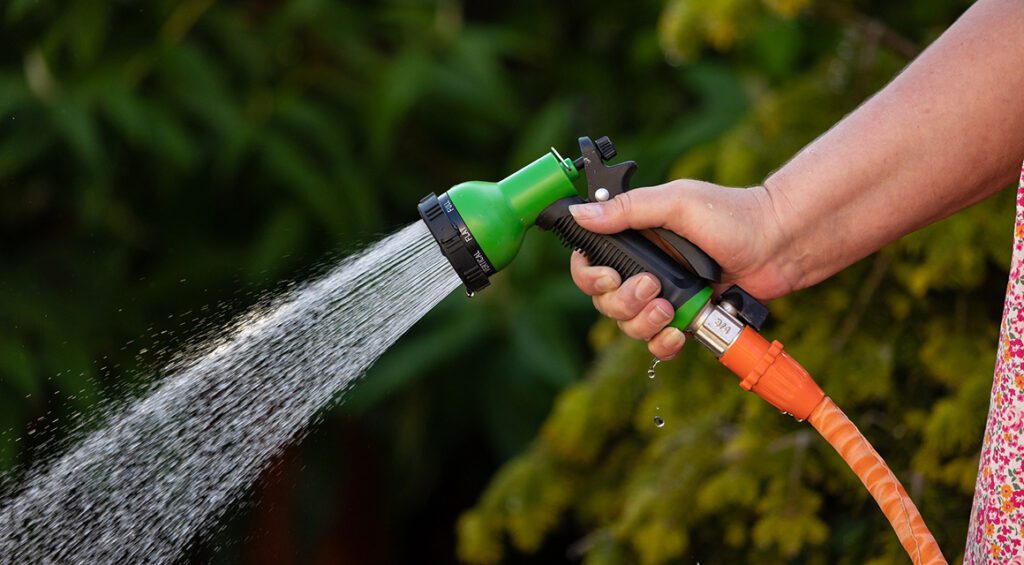
Contents
Watering in dry weather
During particularly heavy rains, people usually say that the rain is definitely good for the plants. However, prolonged dryness is not at all good for the plants. Indeed, if it is dry for a long time, then you will notice that the leaves of your hedge plants dry up and turn a brown color. This is the first signal of the fact that the roots of the plants do not get enough water. If this situation persists, then the plants may even die due to lack of water.
The best way to avoid this is to water your plants sufficiently when nature is unable to do so. You should then use 15 liters of water per meter of hedge, once or twice a week. This will ensure that the plants get enough water and that the garden soil does not become too heavy and compact for the roots. After all, it would be a pity if the roots are damaged, when in fact you just want to give your plants a hand.
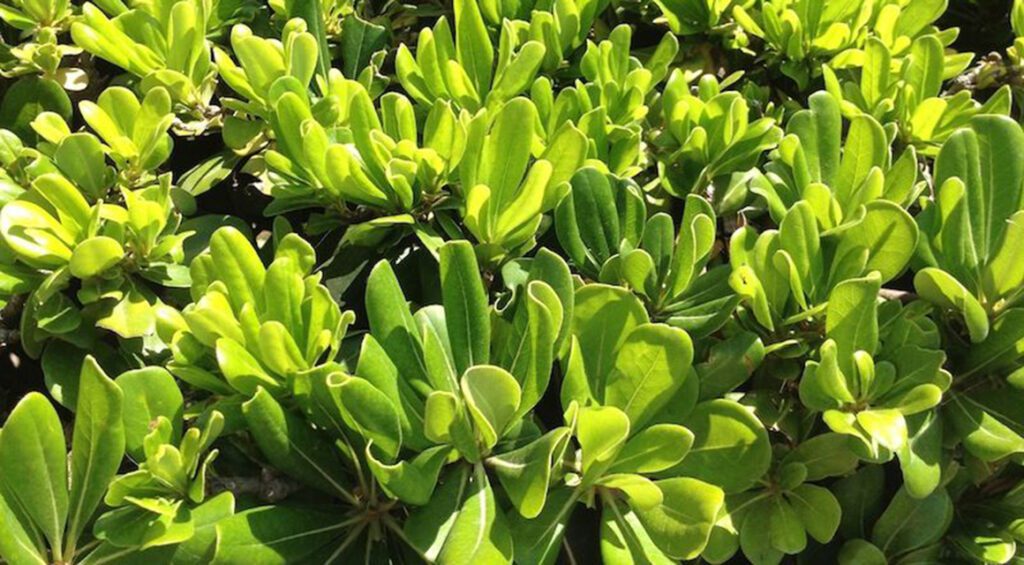
Drought resistant hedge plants
Dry periods are becoming more common in recent years, so it’s a good idea to take a closer look at plants that are naturally drought resistant. Popular and hardy hedge plants, such as beech or hornbeam, are actually always a good option for dry regions. However, if you are looking more specifically for plants that can grow well in dry regions, plants from the Mediterranean region are also good options.
In this context, think for example of a cherry laurel hedge, an oil willow hedge or even a creeping spindle hedge. Griselinia littoralis, originally from New Zealand, is also drought resistant. All of these plants are native to warmer climates, so they can tolerate higher temperatures and prolonged dry periods much better. By the way, the oil willow and Griselinia littoralis can also be planted very well along a coast, because they are wind resistant and can even cope well with salty soils.
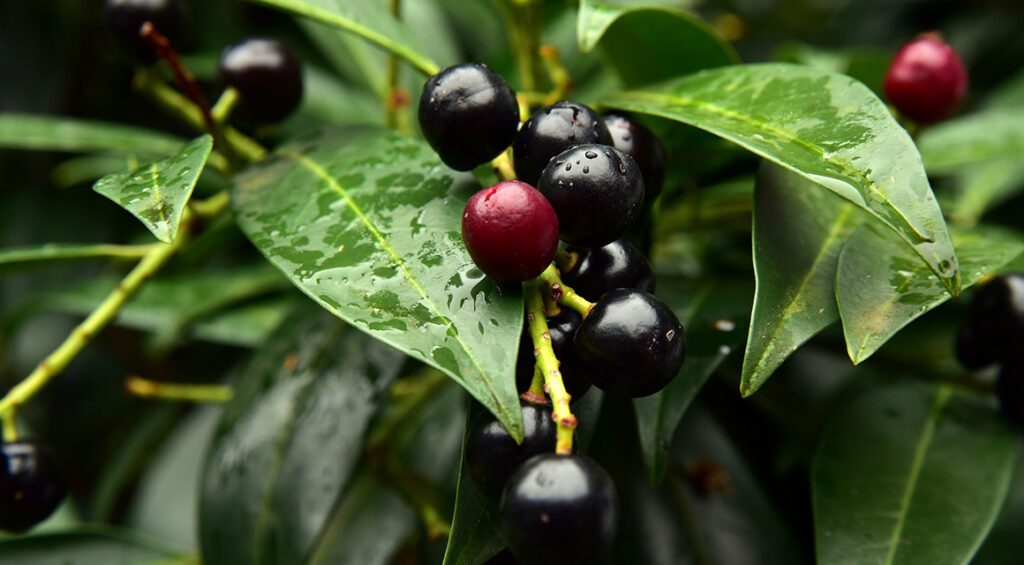
Extra protection in warm temperatures
Dryness from too little rain is a problem, although warm weather in itself can cause dryness. Indeed, when the strong rays of the sun shine on the ground, then the soil dries out much faster. Therefore, it is convenient to cover the soil in which the plants grow, with an extra layer, so that the water can evaporate there less quickly. This also allows the moisture to be absorbed much better by the plants.
You can do this, for example, by using a white fleece and placing it under the hedge. This way the hedge still gets enough sunlight, which keeps the leaves nice and green. The roots of the plants are thus optimally protected from dryness and they can absorb enough water at all times. On warm, dry days, however, the hedge should always be watered sufficiently so that the water actually reaches the plants.
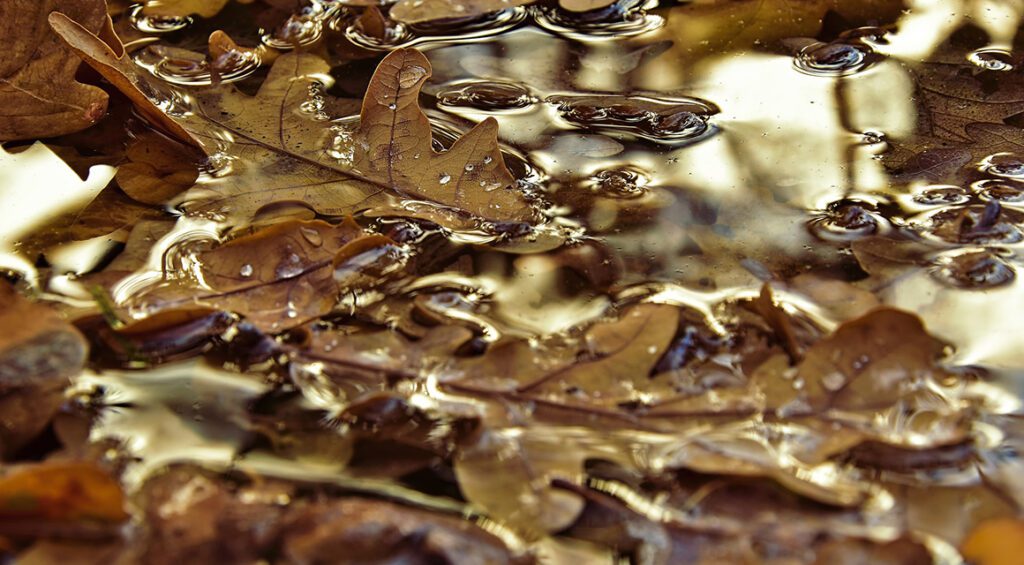
Too much of a good thing?
Too much rain does not quickly cause major problems for plants – as already said, rain is good for plants. Nevertheless, this does not mean that water cannot cause damage. Stagnant water, in particular, provides an ideal breeding ground for dangerous germs and mold infections that should not come into contact with the roots of your hedge plants. As a result, even rain can become a problem for the plants.
Therefore, you should make sure that the soil in your garden is and remains permeable enough. By avoiding waterlogging, the soil will then still remain moist enough, while mold infections can be avoided. Heavy, especially compact soils are best mixed with garden soil or peat before planting a new hedge in the garden, think clay and loam soils in this context. Loosening the soil or poking holes in your soil can also help to make heavy soils a little more permeable to water. You can use a pitchfork for this purpose.

Hedge plants on wet soils
If you live in a region where it rains often, then you should look for hedge plants that can handle wet soils well. This also applies to soils in your garden that suffer from waterlogging. This way, you can avoid this problem from the very beginning, even later on. Again, we like to mention here some plants that can cope well not only with wet soils, but also particularly dry soils.
As an example, we can mention here the hornbeam, which is generally a robust plant because it can cope well with dry and wet weather conditions. The cherry laurel and the oil willow also hardly react to extreme weather conditions, which can be wet or dry. However, the ancient sequoia is a deciduous conifer that is decidedly well-suited when it comes to wet garden soils.
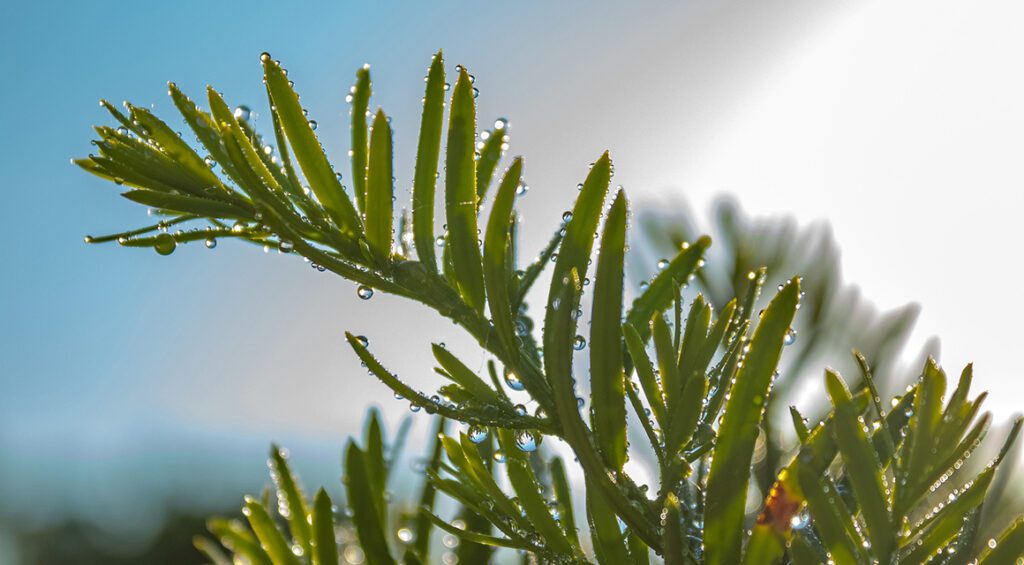
The garden in summer
Summer is, of course, the ideal time to get extra pleasure from your garden and hedge plants. The hedge plants we sell can therefore handle our climate in Europe very well. So while it is practical to keep your plants adequately watered and well protected in extremely dry weather conditions, our low-maintenance plants have no special requirements most of the year.
Even plants that are not mentioned here are generally well able to survive warm summer days in Europe, think here of the yew, the thuja, the boxwood or the privet. If you always make sure that the soil in which your hedge grows, is well-drained and always sufficiently watered during prolonged drought, then any problems are always far enough away.

